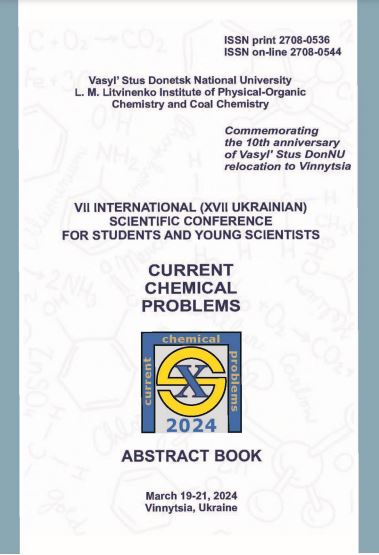Development of chemistry learners’ problem-solving skills
Abstract
Learners can experience science in the real world by interacting with materials, collaborating with peers, and engaging in a problem-solving process. Notwithstanding, secondary school learners’ problem-solving skills can be developed by using an instructional strategy that actively involves them in the learning process instead of sorely focusing on content learned. This paper shows how the production of materials for teaching and learning can go hand-in-hand with the development of learners’ PSS through the implementation of a Handson Instructional Model (HIM) in chemistry lessons. This study was a Design-based Research using a convergent mixed- method approach. The data was collected using lesson observation protocol, focus group discussions guide, and problem-solving test. On the aspect of the development of PSS, learners were enhanced with the skills to solve an ordinary chemistry problem and the criteria of observation were on the ways learners identify a problem, the approach used to solve the problem, and whether they could reflect on the answer they obtained. Therefore, it is suggested that HIM should be used frequently to enhance learners’ active engagement in chemistry lessons and for further development of their PSS.

